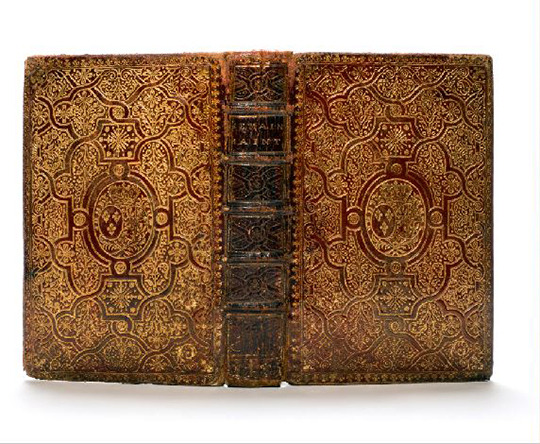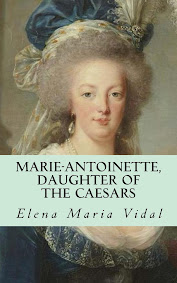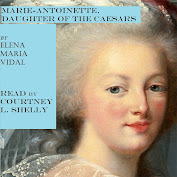Marie-Antoinette refused the celebrations offered to her by the municipality of Paris and asked instead that the money be employed to provide dowries for a hundred deserving poor girls, who would be married en masse on the day of the Royal thanksgiving service in Notre-Dame. Additional allowances were be paid when a first child was born, with a higher rate available for mothers who breastfed. As a further celebration of family life, an elderly couple would be chosen to renew their marriage vows in front of their "children, grandchildren and great-grandchildren".
It is hard to gauge what the municipal corporation might have thought about this charitable effusion of Rousseauist sentiment. No doubt the requirements were both expensive and troublesome to arrange. The brunt of the organisation fell on the church. A 1923 article in the Revue des études historiques, by Gabriel Vauthier, publishes a copy of the rather terse circular, dated 14th January 1779, from Archbishop Christophe de Beaumont to each of the curés of Paris's forty-three parishes:
Monsieur,(Read more.)
It is the Queen's intention to endow with a dowry, one hundred girls to be chosen from the different parishes of Paris. Each one will be furnished with the sum of five-hundred livres, as well as outfits and robes, to be delivered to her on the occasion of her marriage. In addition, Her Majesty wishes to pay ten livres per month for a year during the time that the baby is being nursed. If the mother feeds her own baby, she will be payed fifteen livres a month and given a layette.
You should, Monsieur, without delay, find the means to fulfill the charitable wishes of the Queen and bring about their speedy execution. You must choose from among your parishioners, individuals who are poor and of good moral character, worthy to be recipients of Her Majesty's kindness. You must make your choice within eight to ten days. The marriages will follow the ordinary order of precedence for the parishes of Paris. Kindly come to the Archbishop's palace next Monday at five in the evening. You can inform me of the results of your research so far, and, if there are any difficulties, we will resolve them.
 | |||
| Marie-Antoinette Giving Alms |
Share





























